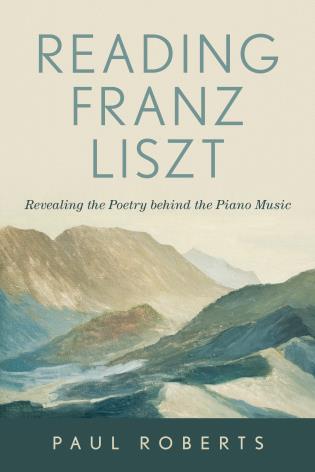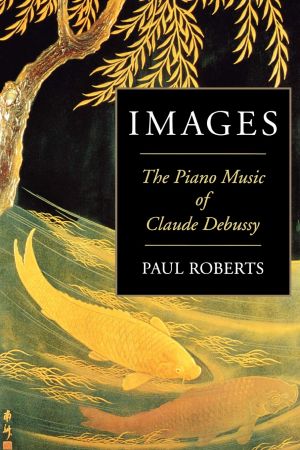BOOKS


Reading Franz Liszt: Revealing the Poetry Behind the Music
A vivid exploration and questioning of the literature that inspired Liszt's greatest piano pieces—from Petrarch’s love poetry to Dante's Divine Comedy, from Goethe's Faust to the Byron's Childe Harold.
Bryce Morrison, International Piano, June 2022
"Readers looking for a musical biography of Liszt will find here instead an excursion through European culture of the 19th century and earlier. Roberts’ accessible style reads like a conversation with his erudite friends."
Library Journal, USA, May 2022
Reflections: The Piano Music of Maurice Ravel
The richness and colour of his involvement makes this book an endless source of reference and delight in terms of both scholarship and poetry. A mine of information, it is difficult to imagine a finer or more glowing tribute. Bryce Morrison, Gramophone
Reflections is Paul Roberts’s third book, published in 2012. The book is a vivid and lively account of the genesis of Ravel’s piano music in relation to the imaginative influences in his life, with chapters on the influence of Liszt and Debussy, on the writers whom Ravel admired, and on his wide group of friends, including the poet Leon Paul Fargue and the pianist Ricardo Viñes.
Paul Roberts writes in the Introduction: ‘The piano music of Maurice Ravel is among the most thrilling, the most colourful, the most subtle, and for pianists the most challenging, of the repertoire. This book is about this music, how we might relate to it as listeners and performers, what it sounds like – if ever that is possible to put into words – what it feels like under our fingers and what we might do with it. But this book is also, inescapably, about the man who created the music. To write about one’s own experience of the piano music, to explore the impulses behind the great works in the hope that clues may be found to a deeper understanding for practitioners and listeners alike, is to find oneself engaged in a form of biography.’
Images: The Piano Music of Claude Debussy
A complete picture of Debussy’s poetic world . . . one of the few indispensable books on music that I know. Richard Goode, New York, 2014
This absorbing study, Images , first published in 1997 and since reprinted in paper-back, relates the piano music of Debussy to the cultural background of Paris at the dawn of the twentieth century. It has become a seminal text on the subject, admired by scholars, teachers, and concert pianists all over the world.
Images has a wide canvas of reference, with an appeal that goes far beyond its starting point of piano music and pianism.
Chapter headings include ‘Impressionist or Symbolist?’, ‘Japanese Prints’, ‘Music and Painting’, ‘The Javanese Gamelan’, ‘Humour and Childhood’, ‘Debussy and Baudelaire’.
I applaud this generously illustrated book, which is a significant contribution to our understanding of the literary and artistic influences on Debussy’s piano works. This is a task that few pianists would be up to. Charles Timbrell
Debussy: a biography
I’ve just finished reading his beautiful book; it’s like a good novel that I just couldn’t put down.
Harold Gray, Portland Piano International
‘I had long been intrigued by the relationship between this composer’s life and his music,’ Paul Roberts relates in this Biography. ‘In my childhood I had singled out his portrait from a row of composers’ heads above the walnut upright piano in my teacher’s studio. I was impressed by the domed brow and beard, and the arrestingly sensual eyes, which I found both frightening and kind. The large head and the pointed black beard made the shape of a triangle, which in my child’s mind I associated with the strange sound, and the alien shape, of the name written underneath – Claude Debussy. So the sound of the name preceded, for me, the sound of the music. Then came the haunting piano piece, 'The Girl with the Flaxen Hair', with its sensuous sonorities and frissons of archaic romance. How could such music come from one who was considered, I soon learnt, rude and unpleasant? I needed to trace such rumours, which I refused to take at face value, to their source.’
Paul Roberts has aimed to win new insights into the music of which, as a concert pianist, he’s a distinguished interpreter. He has succeeded, distilling a lifetime’s reading, listening and thinking to create an intimate portrait that takes us nearer to the heart of that music than any biography before. Michael Church, Independent, London




